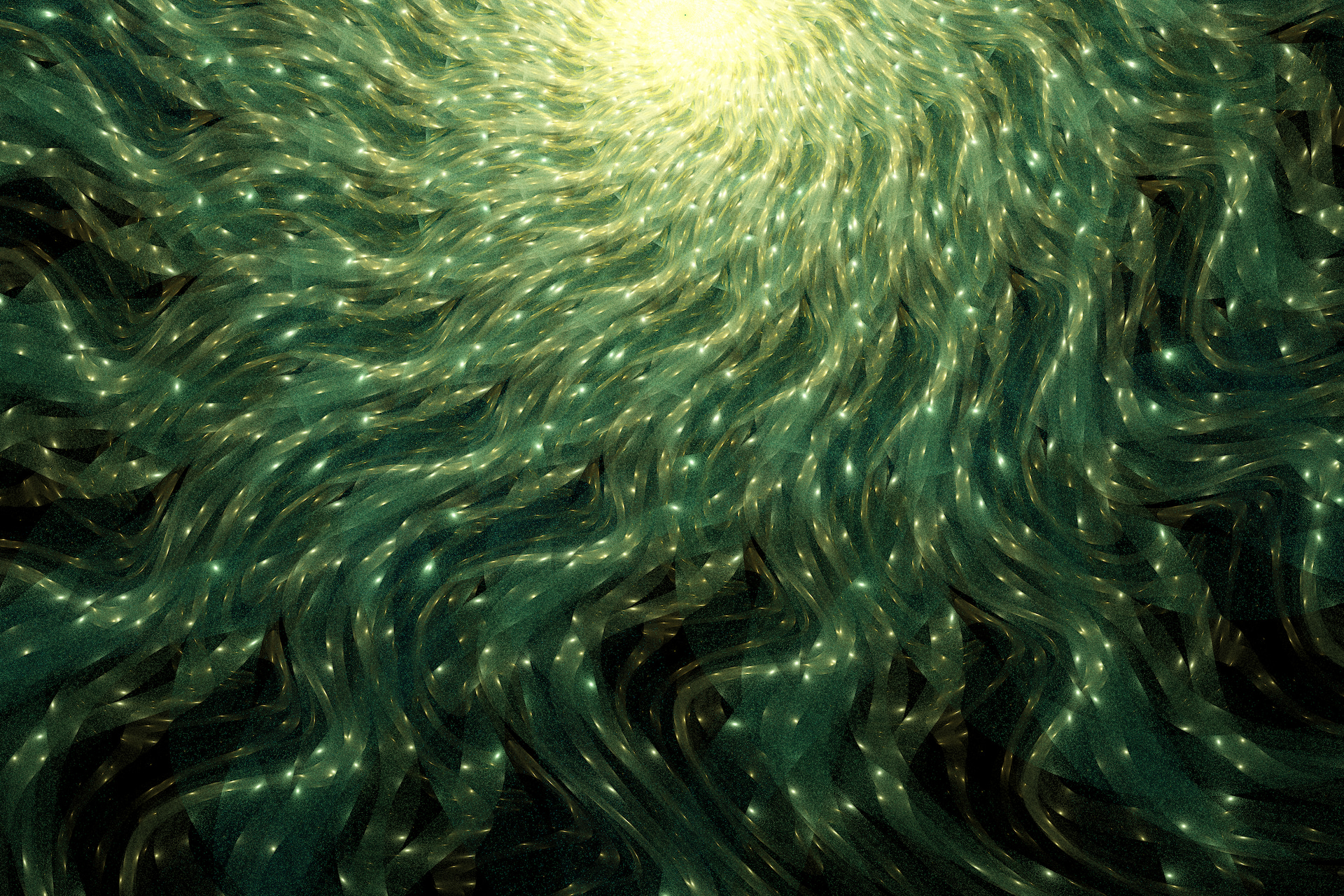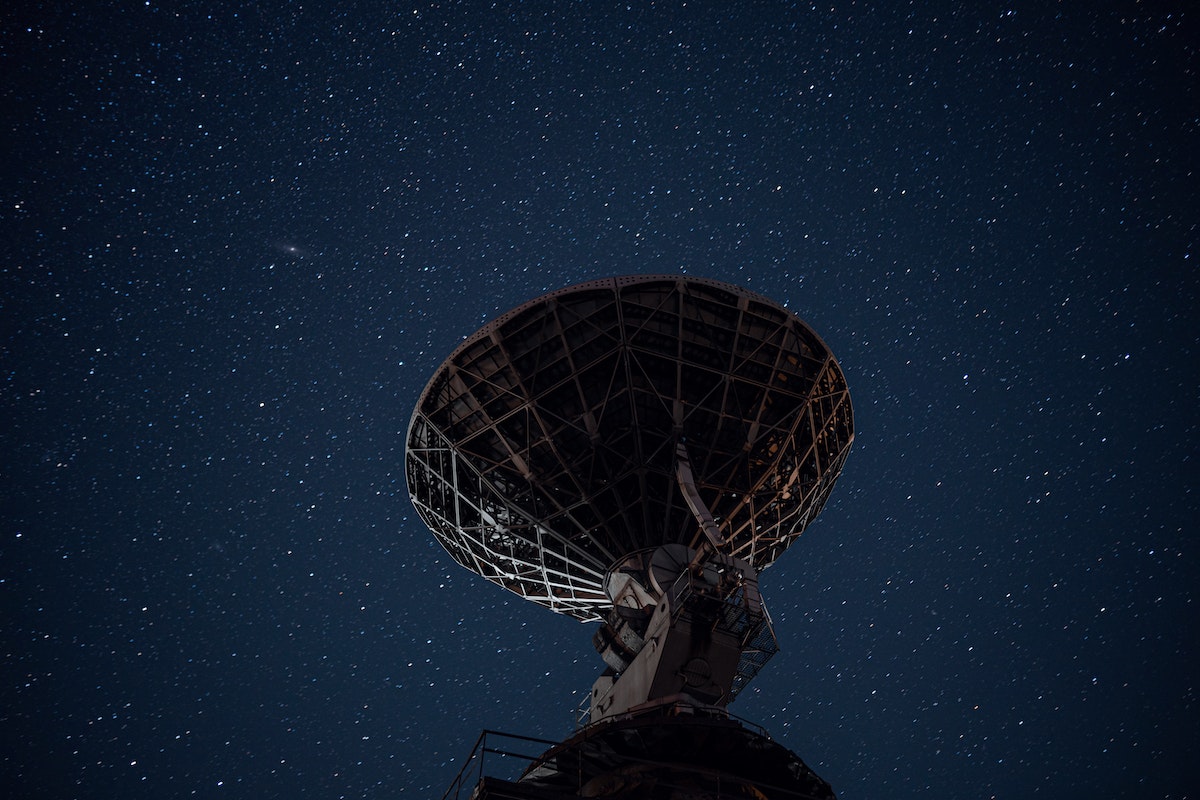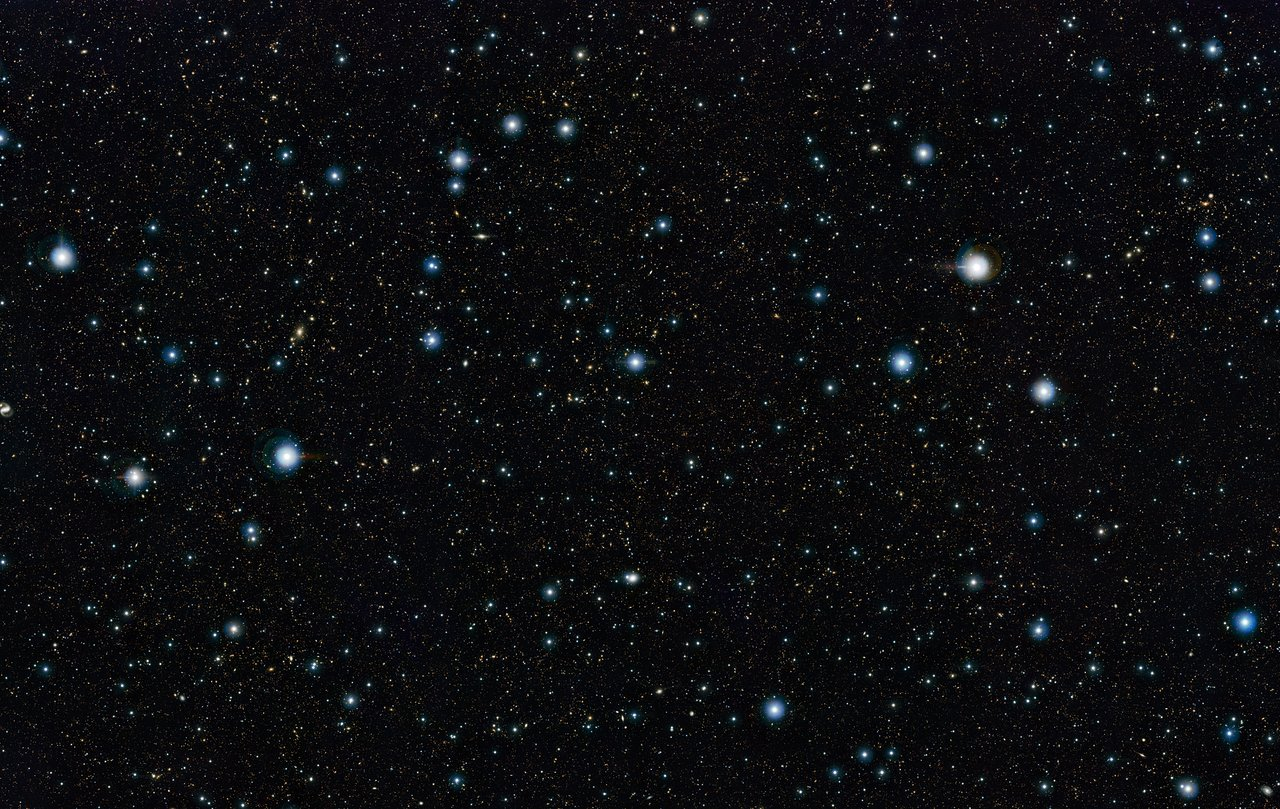In the vast expanse of the cosmos, where time and space danced their intricate ballet, a symphony of particles emerged moments after the Big Bang. Among these ethereal performers were neutrinos, the enigmatic messengers of the universe's infancy. As we embark on a journey into the depths of time, we uncover the fascinating role of neutrinos in the early universe, their contribution to the cosmic neutrino background, and their harmonious influence on the formation of the colossal cosmic structures we behold today.






